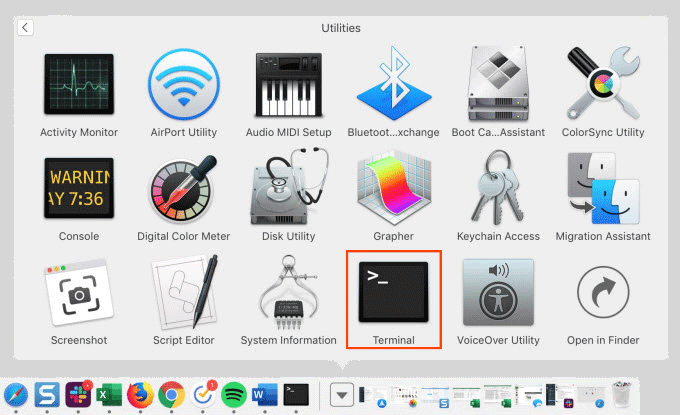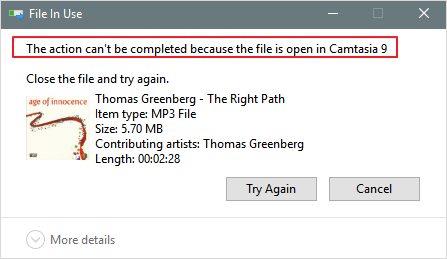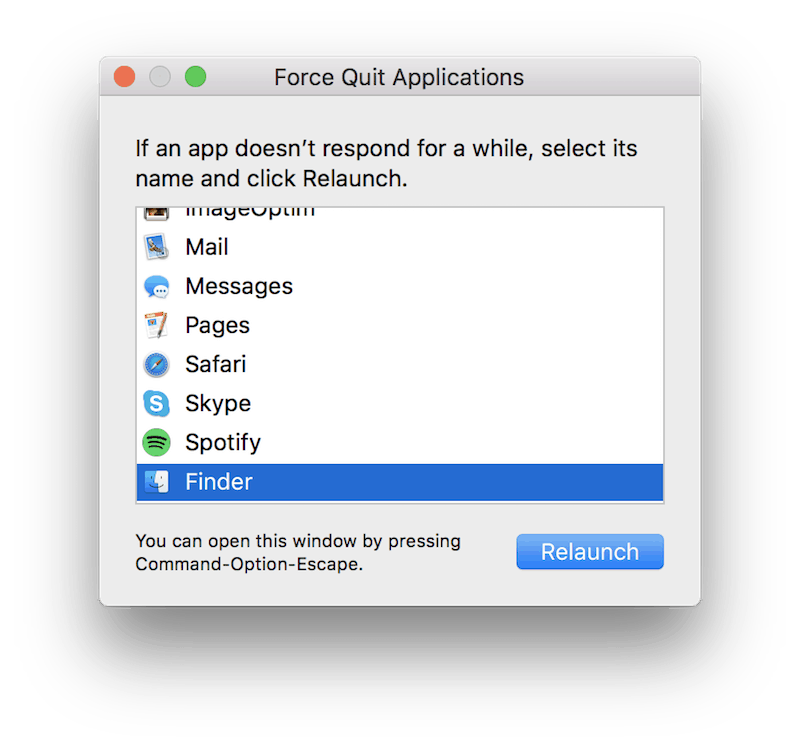

- MAC COMMAND LINE DELETE FILE HOW TO
- MAC COMMAND LINE DELETE FILE SOFTWARE
- MAC COMMAND LINE DELETE FILE PASSWORD
- MAC COMMAND LINE DELETE FILE MAC
- MAC COMMAND LINE DELETE FILE WINDOWS
You need to modify or write permissions to delete the file. When trying to delete a read-only file, you get a message stating the file is write-protected and cannot be deleted.
MAC COMMAND LINE DELETE FILE PASSWORD
In this case, you may be asked for a password to decrypt or remove the password protection.Ī file may be set as read-only, meaning the user can only open it for viewing and not modify or delete it. Some documents and folders may be protected from deletion through encryption or password protection.
MAC COMMAND LINE DELETE FILE WINDOWS
If the File menu is not visible in My Computer or Windows Explorer, press the Alt key to make the menu bar visible, including the file menu. Locate and select the file or folder you want to delete, click File in the top menu bar, and select Delete. Select the file or folder you want to delete, click File in the top menu bar, and select Delete. On the right side of the screen, locate and double-click the drive, which is labeled as USB, flash drive, external hard drive, or the manufacturer's name. On the left side of the screen, click This PC. To delete from a USB flash drive, floppy drive, memory card, or external hard drive, open My Computer or Windows Explorer. Double-click the folder containing the file you want to delete. On the right side of the screen, locate and double-click the local disk (usually C: or D:). Unless you know what you are deleting, please do not delete any files from this section.
MAC COMMAND LINE DELETE FILE MAC
It tells clearly whether your Mac with a Solid State SATA Drive or a spinning hard drive.The local disk contains files and folders that are imperative for your computer to run correctly. To find that out, simply click on the Apple logo on the top left of the Mac screen, then go to About This Mac > Storage, right under the disk icon and you’ll see a line like this (in red).
MAC COMMAND LINE DELETE FILE HOW TO
How to Check If Your Mac is with SSD or HDD?ĭepending on the type of Mac computers you are using, MacBook Pro/Air, iMac, or Mac Pro/Mini, it may be equipped with a different kind of storage media.įor example, most new MacBooks are now shipped with an SSD, while certain iMac models still have the options for you to choose between Fusion Drive and Flash Storage.



You can also learn more from this Mac trash recovery article we wrote earlier.
MAC COMMAND LINE DELETE FILE SOFTWARE
Macs with HDDs, on the other hand, are entirely different.Įven if you’ve emptied the Trash bin or used other similar methods to get rid of files, it’s still quite possible to recover the files using data recovery software as long as the items are not fully overwritten. This TRIM technique speeds up the data access process and has a side-benefit of making it impossible for anyone to recover the files erased from an SSD-based Mac. To avoid Mac slowdowns that traditional spinning hard drives often cause, Trim allows macOS to immediately wipe blocks of data that are no longer considered in use - once you delete the files either by emptying Trash or using similar tricks to get rid of the files such as Command + Del or Command + Opt + Backspace. This is mainly because the way how a solid-state drive (SSD) works is different from that a hard disk drive (HDD) does, especially when your Macintosh internal drive uses the TRIM command. Simply put, fewer efforts are needed to completely remove files if your Mac is with an SSD. Why do Macs with Flash Storage (SSD) Matter? How to Permanently Delete Files on HDD-Based Mac?.How to Permanently Delete files on SSD-Based Mac?.How to Check If Your Mac is with SSD or HDD?.Why do Macs with Flash Storage (SSD) Matter?.That’s what we’ll cover in this article, showing you how to securely delete files on macOS depending on whether your computer is with a traditional HDD or a speedy SSD. The question is: is it still the case? I mean, most new Apple Macs are now with flash storage (solid-state drives) or Fusion Drives for some iMac models, instead of a traditional spinning hard disk drives (HDDs).ĭo I still have to secure delete my files on Mac? Yes, files deleted from a storage media such as Mac hard drives can be retrieved, thanks to Mac data recovery software - which is supposed to do good things and recover files deleted accidentally, rather than to serve as an “evil” means to restore data from someone else’s computer. Because the last thing you’d like to see is that someone “hacks” your Mac and retrieves the private/sensitive data. The point is: you probably want to know how to permanently delete files on Mac. Maybe you want to resell or donate your Mac, but are paranoid about the security of your sensitive data? Or you are concerned about your Mac being stolen and the data could be hijacked? You probably have heard about the famous iCloud leaks of celebrity photos, right? And you know the significance of digital data.


 0 kommentar(er)
0 kommentar(er)
